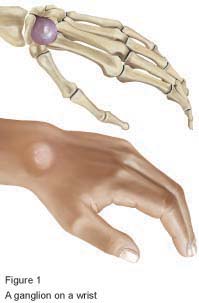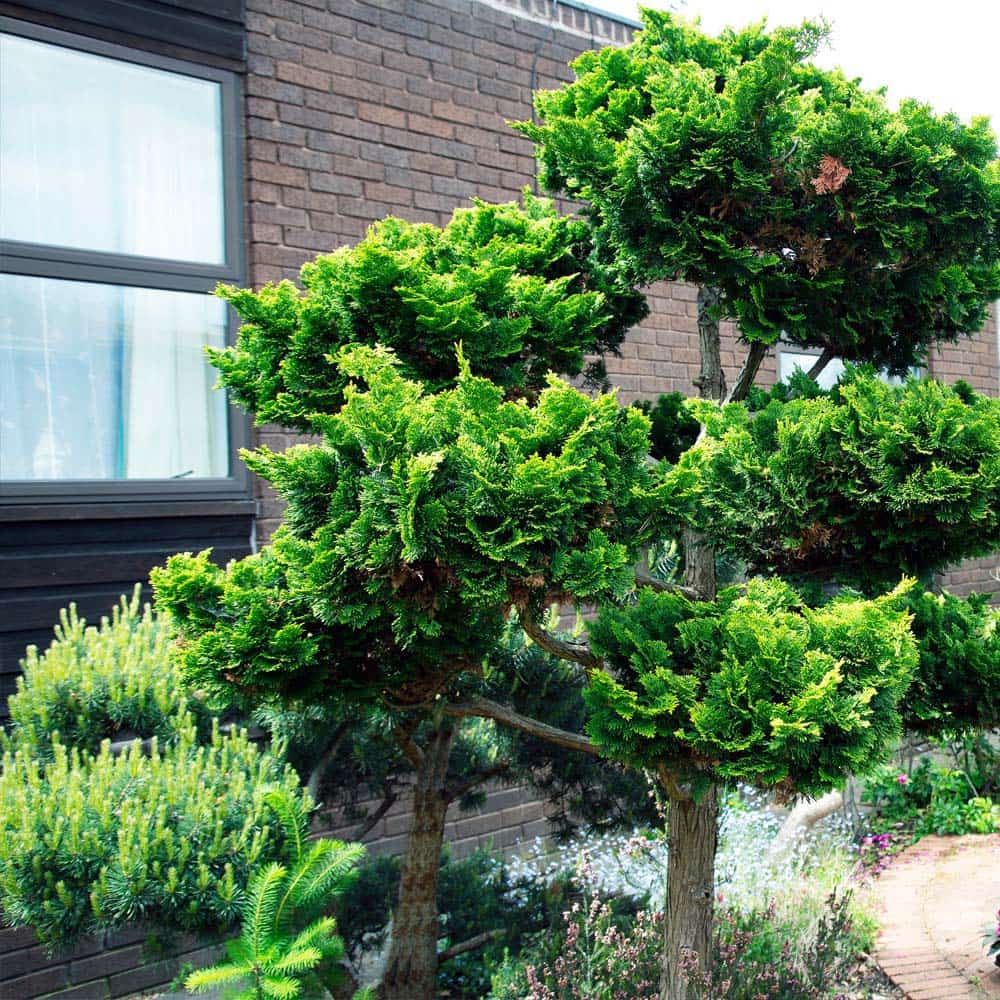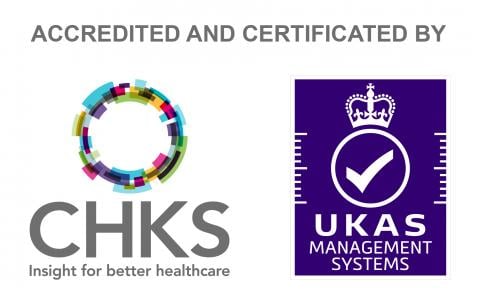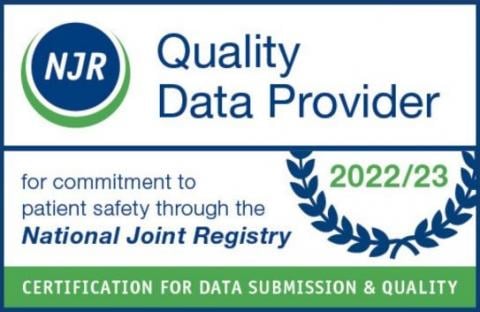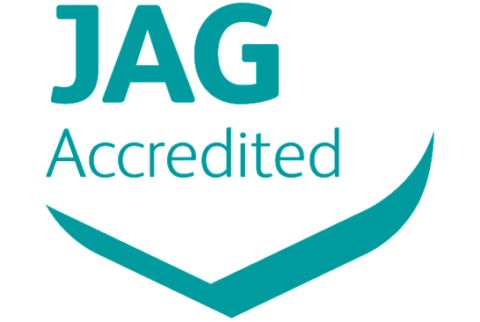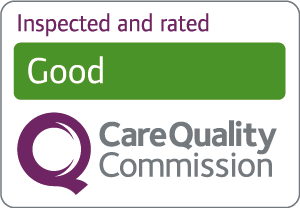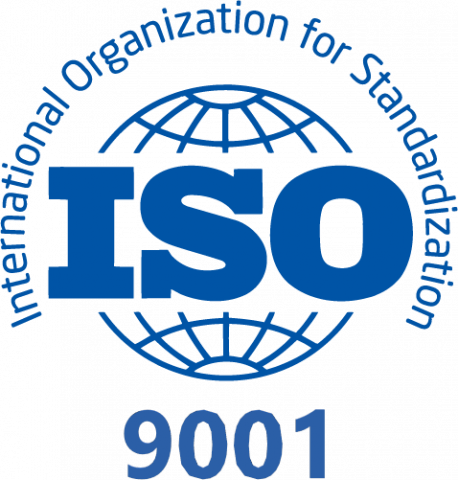This page will give you information about Ganglion removal surgery. If you have any questions, you should ask your GP or other relevant health professional.
Consultants and Clinic Times

Mr Tony Antonios
BSc (Anatomy), MBBS, PGCertHBE, MSc (T&O), FRCS (T&O)
Specialities
Orthopaedics, Upper Limb Surgery

Mr Paul Davey
BSc MBBS FRCSEd (Tr&Orth)
Specialities
Orthopaedics, Hand & Wrist Surgery


Mr David Gateley
MA FRCS FRCS(PLAST)
Specialities
Breast Surgery, Plastic Surgery

Mr Giles Heilpern
MA(Hons) MB BS(Hons) FRCSEd(Tr and Orth)
Specialities
Orthopaedics, Knee & Shoulder Surgery
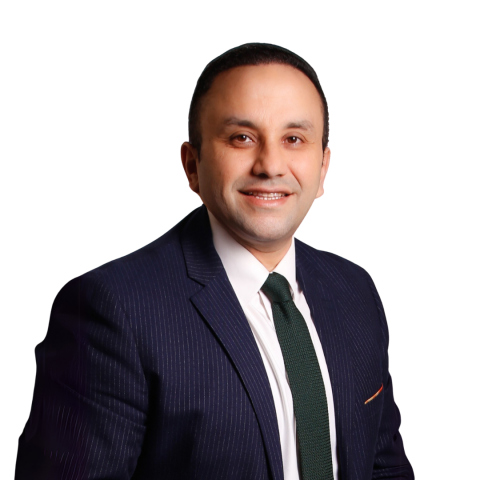
Professor Mo Imam
MD, DSportMed, PhD, FRCS
Specialities
Orthopaedics, Upper Limb Surgery


Miss Fiona Middleton
MBBS MA (Oxon) FRCS (Tr & Orth)
Specialities
Orthopaedics, Hand & Wrist Surgery


Mr Pal. Ramesh
MBBS MCh(Orth) FRCS(Glasg.) FRCS(Orth)
Specialities
Orthopaedics, Foot & Ankle Surgery

Mr Nashat Siddiqui
MBBS, BSc, FRCS (Tr & Orth)
Specialities
Orthopaedics, Upper Limb Surgery

Mr Anshul Sobti
MBBS, Diploma in Orthopaedics, DNB Ortho, MCh Ortho, FRCS (Tr & Orth), MFSTEd
Specialities
Orthopaedics, Hip & Knee Surgery, Paediatric Orthopaedics

Mr Rupert Wharton
BM, BSc, FRCS (Tr and Orth), Dip Hand Surg (Br and Eur)
Specialities
Orthopaedics, Hand & Wrist Surgery

Mr W James White
FRCS (Tr&Orth), MBBS, BSc(Hons)
Specialities
Orthopaedics, Upper Limb Surgery

Mr Mike Williamson
MSci, MPhil, MB, BChir, MRCS, FRCS (Tr+Orth)
Specialities
Orthopaedics, Foot & Ankle Surgery
